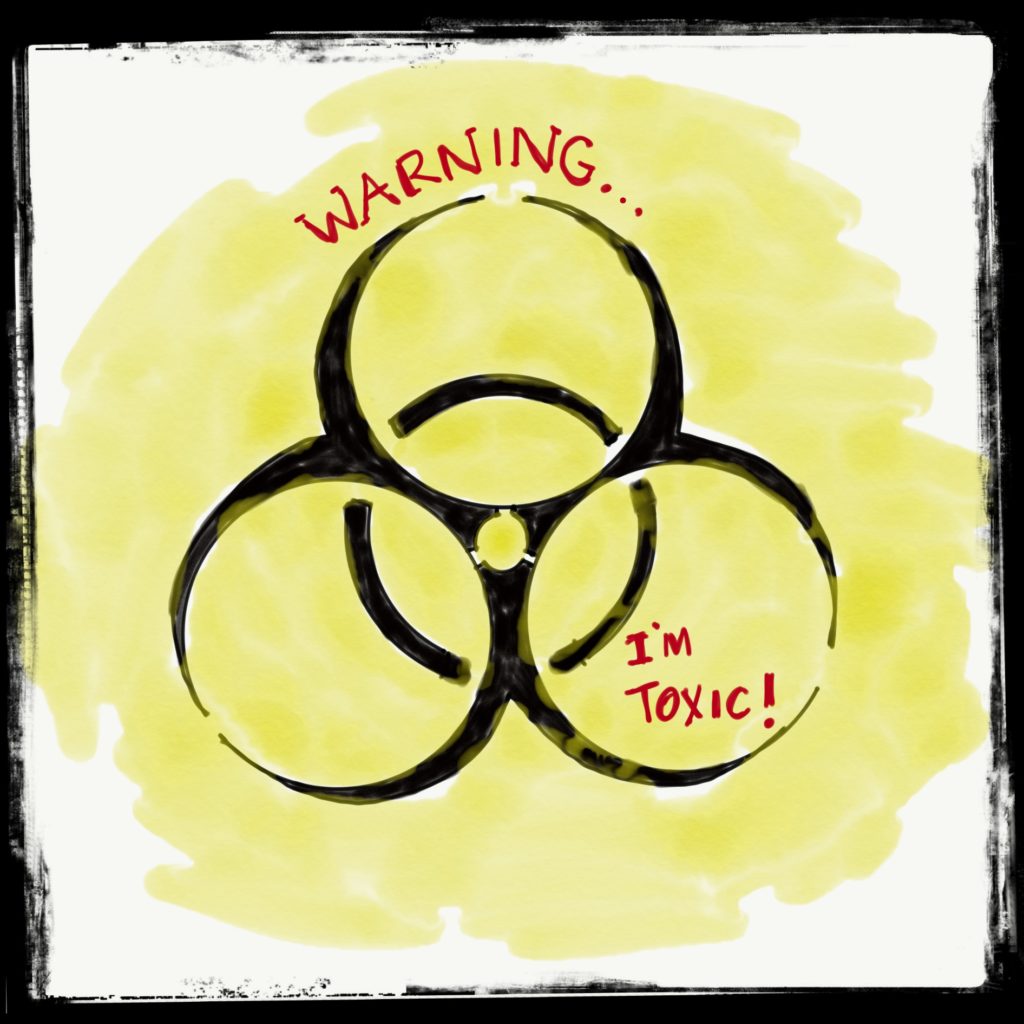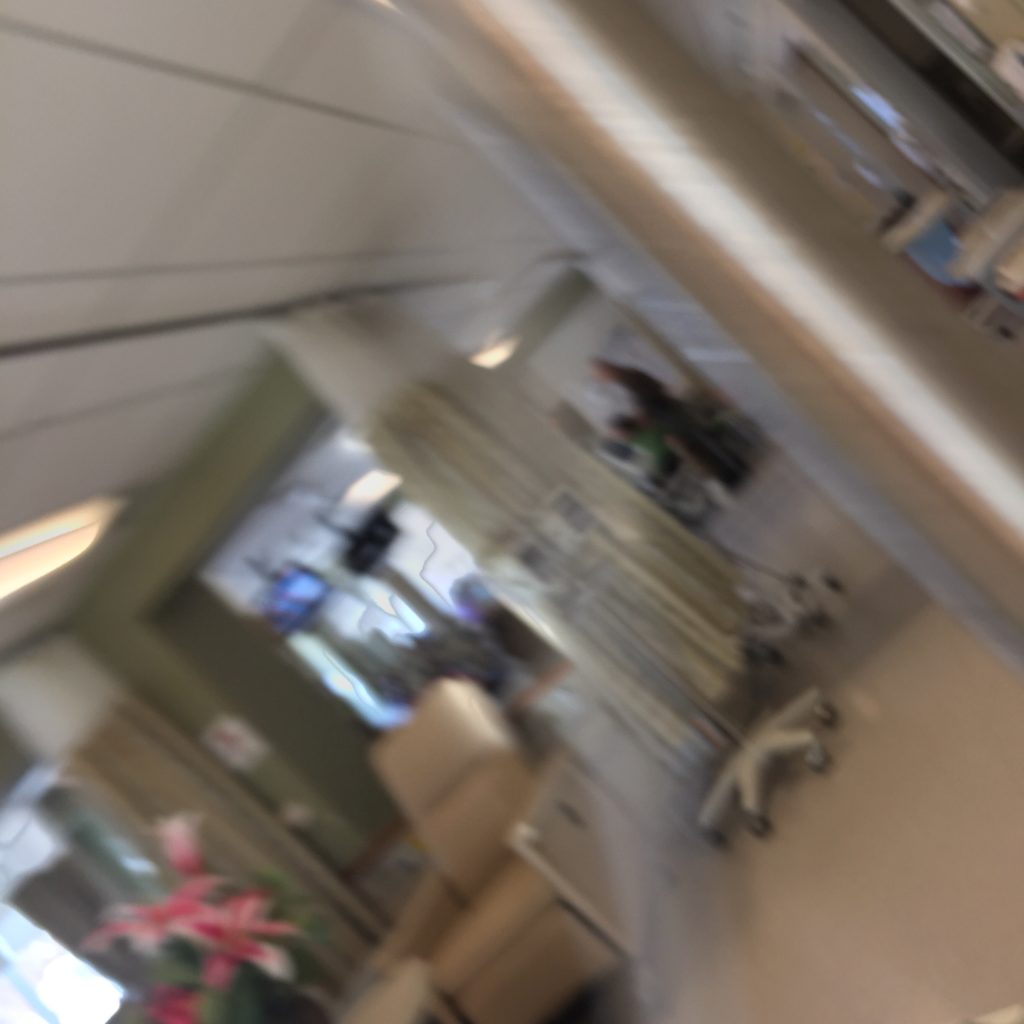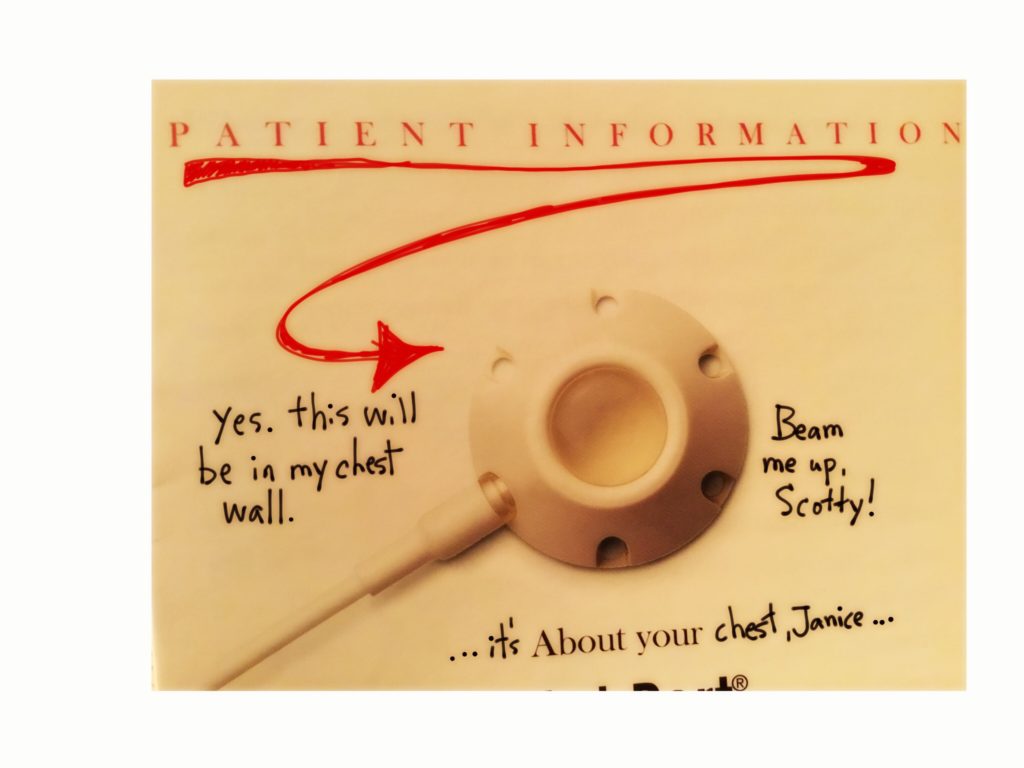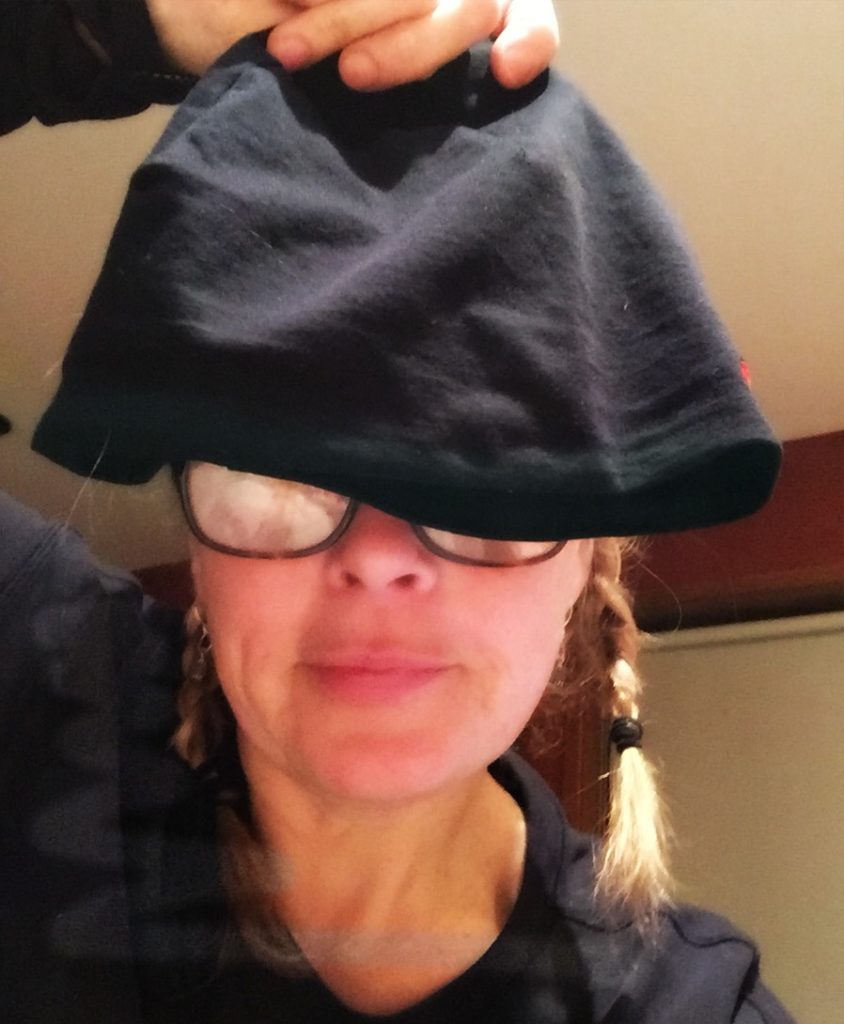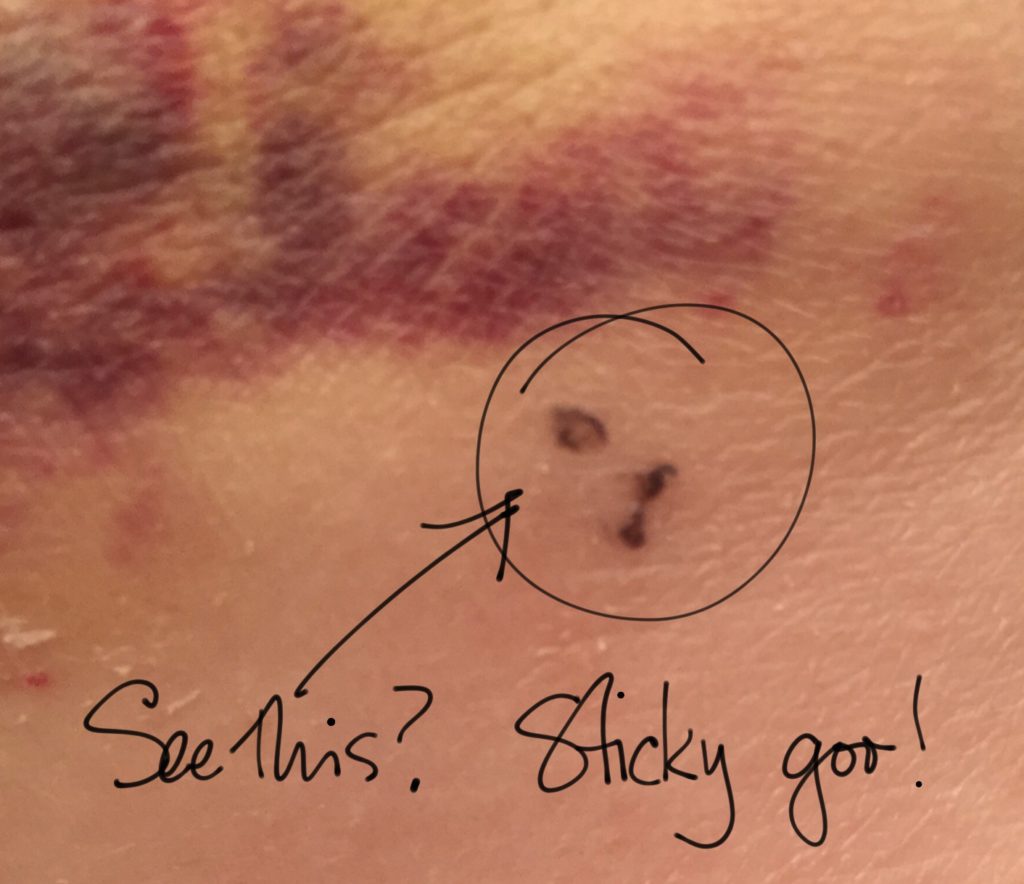In an earlier post I mentioned how the killing off of cells in the esophagus and stomach can result in heartburn. Turns out that there are more cells in the gastrointestinal tract that are affected. I’m sure you’ve heard of the mucous membrane. It lines all body passages that communicate with the air, such as the respiratory tract, and have cells and glands that secrete mucus. Makes sense.
When you have chemo, the mucous membrane is affected. Bad things happen. Smart people call it mucositis.

The part of this lining that covers the mouth (oral mucosa, go figure), is one of the most sensitive parts of the body and is particularly vulnerable to chemotherapy. You don’t want oral mucositis. Open sores, bleeding gums, pain, pain, discomfort, hard to eat, yuck. So I’ve decided to pass on that side effect.
An ounce of prevention …
I’m doing some simple things, like:
- changing to a soft toothbrush
- using a less harsh toothpaste
- swishing twice / day with flat soda water (you can also use baking soda and water, but YUCK!!)
- avoiding foods that would irritate the mouth (spicy, acidic, you know all about it…)
I’m also doing something called “oil pulling”. It’s an Ayurvedic practice that is simple and boasts very positive results for oral hygiene. I’ve been doing it since Christmas when my big brother told me about it – and I have already noticed a difference in how my teeth feel.
How to oil pull: put up to 1 tablespoon of an oil such as sesame, sunflower or coconut in to your mouth (ok, I use about 1 teaspoon) and actively swish it / pull it through your teeth for 20 minutes. No swallowing! Then you spit it out (not in the sink or toilet as it will harden) and rinse with warm water, spit that out (not in sink or toilet), and then brush and floss (gently in my case). I use coconut oil because it also has lauric acid in it, which is apparently very good. Plus it tastes better (not that you taste it, to be honest, but I imagine that it tastes better).

At first I could only do 5 minutes. But I worked up a few minutes each day and now I have no problem with 20 minutes each morning. And it’s amazing how much I can get done while I’m swishing … light the furnace, chop some wood, make the bed, …
So far my gums are healthy and I have no indications of any sores developing. I’m sticking with it!
Sniffle
My nose, however, is starting to suffer. The skin cells are not reproducing any more, the hairs that normally trap the mucous are disappearing, and the membranes are thinning. This results in:
- dry, crusty nose – feels like there are scabs in there ALL THE TIME
- bloody bits and smears and chunks in the mucous coming out of my nose (I have a photo, but it’s just too gross)
- sniffling
- did I mention that it feels really dry?
So I’m working at increasing the humidity in the house – water on the woodstove, vaporisor by my bed. And I LIBERALLY coat the inside of my nose with Vaseline.

Apparently, if my nose does start to bleed, it may take a while to stop, since my platelets are affected by chemo. So NO NOSE PICKING!
Butt wait, there’s more!
On a related note, remember how I was talking about how toxic I am? The other day I search the Drug Monograph for Paclitaxel in order to see if there are contraindications for the use of essential oils and medical marijuana (that’s for another post, so sorry). There is a section called “elimination” that breaks down exactly how the Paclitaxel is getting out of my body. It says that there are “high concentrations found in bile; 71% excreted in feces in 120 hours”. OK NO WONDER MY ASS WAS ON FIRE!!

And so you can understand why this mug is my companion, and why I send poop emojis to Annie so that she can be updated. (She loves it. Really.)

Meanwhile, my head is feeling a bit numb / tingly. I think my next post will be about alopecia. Just a guess.

